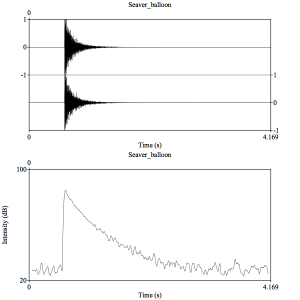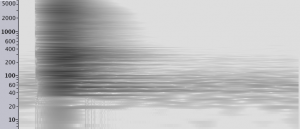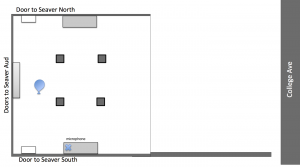Loading map...

Location. The Honnold Café is on the first floor of the Honnold Mudd library. The library is central to the Claremont colleges – it sits right between Pomona, Scripps, CMC, and CGU, and serves as a study space for students from all of the colleges and graduate schools.
Recording Setup. A table in the center of the cafe, about 15 feet from the cafe counter, with the recorder pointed towards the counter.
About the Soundscape. It’s 4 pm on a Sunday, so there are plenty of people in the café studying and ordering coffees to help with their studying. The café is large, with low ceilings and wood-paneled square pillars about every 15 feet. There are square tables, couches, and chairs littered everywhere, and all of them are occupied. The walls are a dull beige, and the floor is carpeted with a print that would not look out of place in an airport. It seems like the library has spent some money on lighting fixtures to make the place feel hip, but there are too many of these trendy lighting fixtures to make them feel original and not mass-ordered from a trendy-library-lighting catalog. Talking is allowed in this part of the library, so there is light chatter, the main keynote of the space. I would designate the sound of conversations as an archetype sound of cafes, a representation of discourse and learning and academic banter.
It is difficult not to listen to neighboring conversations. Surprisingly, the microphone did not pick up the conversation of two female students sitting a mere 3 feet away from me, probably a good thing as I did not want to intrude on their private conversation. Conversational noise, when interesting enough, can function as a signal noise by directing my attention away from my own studying.
Wherever you are in the sitting area beyond the counter, you can hear the espresso machine whirring away to prepare coffee orders, and you can hear the clanging of the barista loosening the used espresso grounds from the portafilter after she has made an order. Both of these espresso-related sounds, the whirring and the clanging, are the prominent keynotes of the cafe counter, though the portafilter clanging is loud enough to be a signal. My brain snaps to it whenever it occurs. Other keynotes emanating from behind the counter include the electric buzz of the freezer and the squelching noise whenever someone opens it. Another signal that happens at about 10 seconds into the soundscape is the whirring of a blender behind the counter. This is so loud, that I’m often surprised cafe patrons don’t get annoyed by it.


